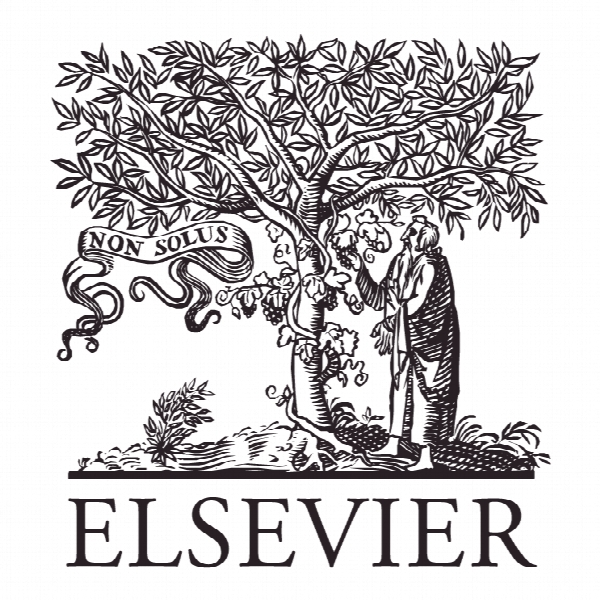یک استراتژی بازاریابی خطیر و تاثیر آن بر فعالیت های هماهنگی در یک زنجیره تامین بازسازی تحت نوسان بازار A risk-averse marketing strategy and its effect on coordination activities in a remanufacturing supply chain under market fluctuation
- نوع فایل : کتاب
- زبان : انگلیسی
- ناشر : Elsevier
- چاپ و سال / کشور: 2017
توضیحات
رشته های مرتبط مدیریت
گرایش های مرتبط بازاریابی، مدیریت استراتژیک، مهندسی مالی و ریسک
مجله Journal of Cleaner Production – تولید پاکسازی
دانشگاه School of Economics and Management, Shanghai Maritime University, China
نشریه نشریه الزویر
گرایش های مرتبط بازاریابی، مدیریت استراتژیک، مهندسی مالی و ریسک
مجله Journal of Cleaner Production – تولید پاکسازی
دانشگاه School of Economics and Management, Shanghai Maritime University, China
نشریه نشریه الزویر
Description
1. Introduction Remanufacturing is a desirable process for recovering resources from end-of-life products or components and extending their life cycles, and all enterprises in a remanufacturing supply chain intend to decrease negative environmental impacts (Bayindir et al., 2005; Wang et al., 2017). However, in the today’s ever-changing business environment, the remanufacturing market fluctuation is evident, which brings a great challenge for enterprises in a remanufacturing supply chain to balance demand and supply. For example, due to the macroeconomic shrinking in 2015, sales of heavy trucks were sharply reduced by 26% in China. Demand fluctuation in the remanufacturing industry is substantially affected by consumers’ preferences/acceptance towards remanufactured products and government incentives (Zhao et al., 2016). Given proper incentives by a remanufacturer, consumers would like to return products to supply the remanufacturing process and fulfil the demand in the highdegree fluctuating market. Facing the high-degree fluctuating market, risk attitude of enterprises in a remanufacturing supply chain plays a significant role in their decisions for choices of a marketing strategy, especially under the market fluctuation environment. Remanufacturers develop different market strategies due to different risk attitudes. Under market fluctuation, both remanufacturers and retailers need to balance their expected profit and risk of shortage/inventory. Suppose risk attitude towards risk-averse rather than maximum-profit for both remanufacturers and retailers, following research questions need to be carefully examined: 1) How to measure their risk tolerance in a remanufacturing supply chain? 2) How to design or adjust their objectives rather than “maximum-profit” or “minimumloss”? 3) Whether their coordination activities still work or not if their risk attitudes are changed? 4) How to design an appropriate coordination mechanism like a supply chain contract to satisfy remanufacturing practitioners’ need of risk consideration? As a result, focusing on specific sources of market fluctuation, derived from the utility theory, many scholars have developed risk tolerance models to deal with this issue (Ge et al., 2016; Liu and Wang, 2015). Based on a definition of risk attitude by Lau and Lau (1999), this study explores a risk-averse marketing strategy by adding the risk-averse factor into objective functions of remanufacturers and retailers.


